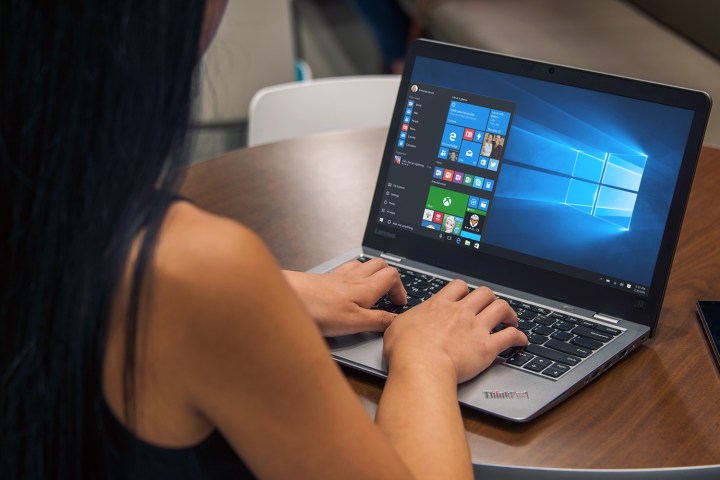
“For the first time ever, our customers will be able to experience the Windows they know with all the apps, peripherals, and enterprise capabilities they require, on a truly mobile, power efficient, always-connected cellular PC,” he said.
Myerson’s news stems from an official announcement made by Microsoft at the Windows Hardware Engineering Community event in Shenzhen, China. This part of the announcement centered on Windows 10 PCs with cellular connectivity, and specifically the Creators Update arriving in the spring. The company added that future updates to Windows 10 will enable customers to purchase data directly from the Windows Store.
According to the company, these Snapdragon-based PCs will rely on eSIM technology, which throws out the exposed SIM slot for an embedded, electronic card mounted inside. That means customers won’t need to replace the card when switching network carriers or plans. Microsoft said that through Windows 10, customers will have total control over how their Snapdragon-based device will use Wi-Fi and cellular networks.
Microsoft’s latest operating system already runs on ARM-based Qualcomm chips through Windows 10 Mobile, such as the Lumia 950 XL released toward the end of 2015, and the Lumia 650 launched in February. Now Windows 10 appears to be heading to the big leagues by landing on actual cellular-enabled PCs that support x86-based desktop programs, which previously could only be used on machines powered by Intel and AMD.
The company originally addressed the growing ARM-based device market with Windows RT designed specifically for that processor architecture. It appeared in October of 2012 on the Surface RT tablet, but the platform received generally negative feedback because customers couldn’t run the same apps and programs they could use on systems based on Intel and AMD. The last two new devices sporting Windows RT were the Surface 2 and the Lumia 2520 in February 2015, and the last update to the platform occurred seven months later.
That’s where Windows 10 Mobile entered the picture. It’s designed for smartphones and tablets relying on ARM-based chips, thus it’s not the entire full-blown Windows 10 experience as seen on x86-based desktops and laptops. For the new Snapdragon PCs, Windows 10 Mobile will drop the “Mobile” label and serve up all the same features and benefits of Windows 10 on Intel and AMD machines. The desktop software will run on these devices thanks to an emulator mimicking the x86 processor architecture.
The Snapdragon-based PCs are expected to launch sometime next year, but we expect to see them when the Creators Update arrives in the spring. They will support touch-based input, digital pen input, Windows Hello, and more. They’ll also be capable of running Adobe Photoshop, Microsoft Office, and popular PC games. However, don’t expect them to run Doom in Ultra HD at the maximum settings on these devices. Will they run Crysis? We shall see next year.
Editors' Recommendations
- Even the new mid-tier Snapdragon X Plus beats Apple’s M3
- Windows 11 vs. Windows 10: finally time to upgrade?
- Qualcomm just made some bold claims about gaming on ARM PCs
- Hear me out — Windows on ARM could actually work this time
- Qualcomm says Oryon chips are faster than Macs’, but we’ve been here before


